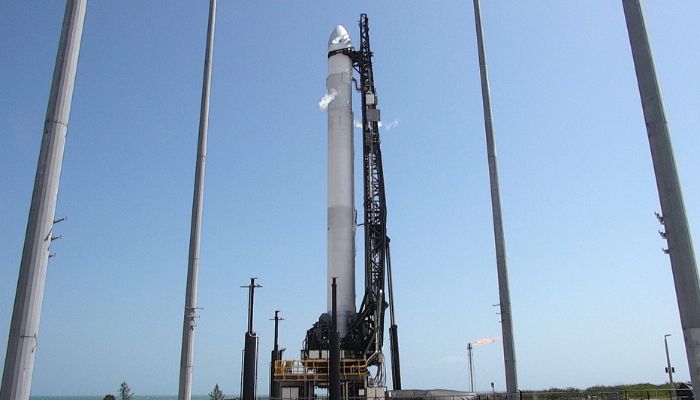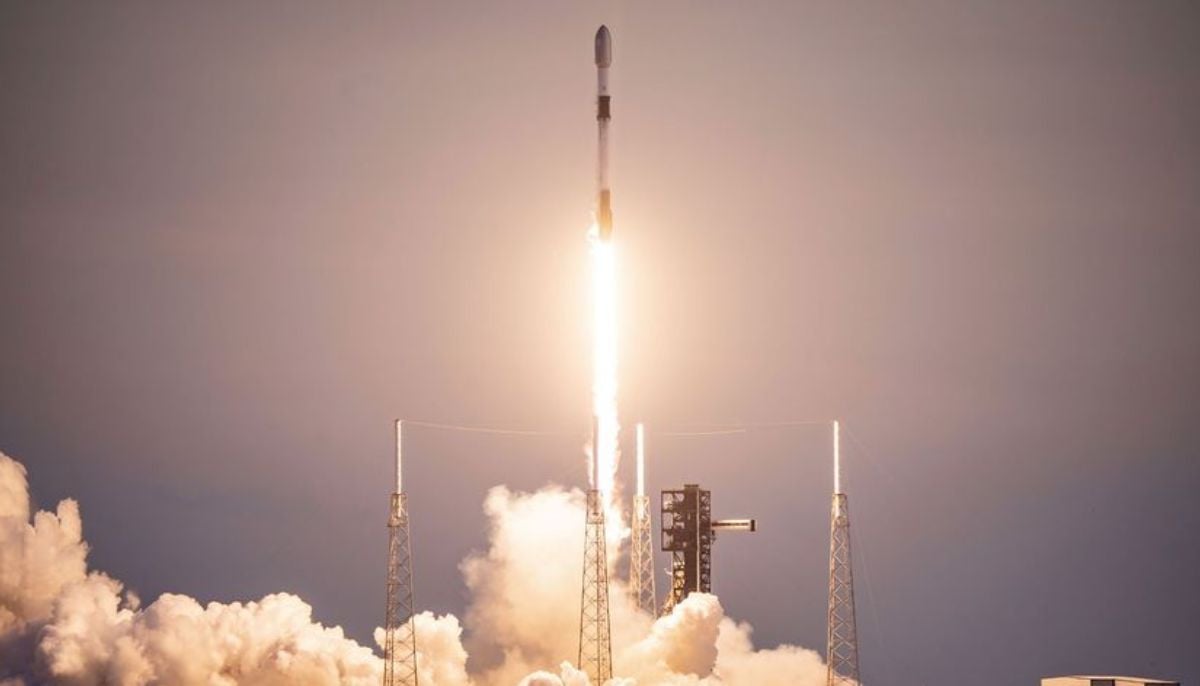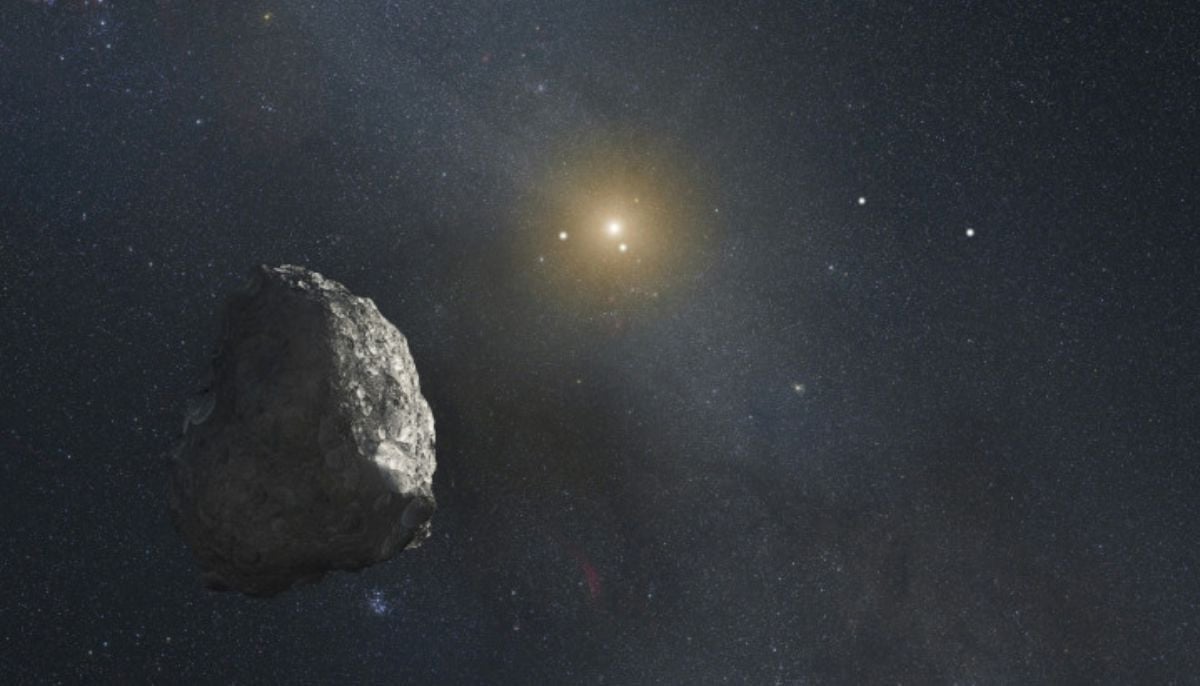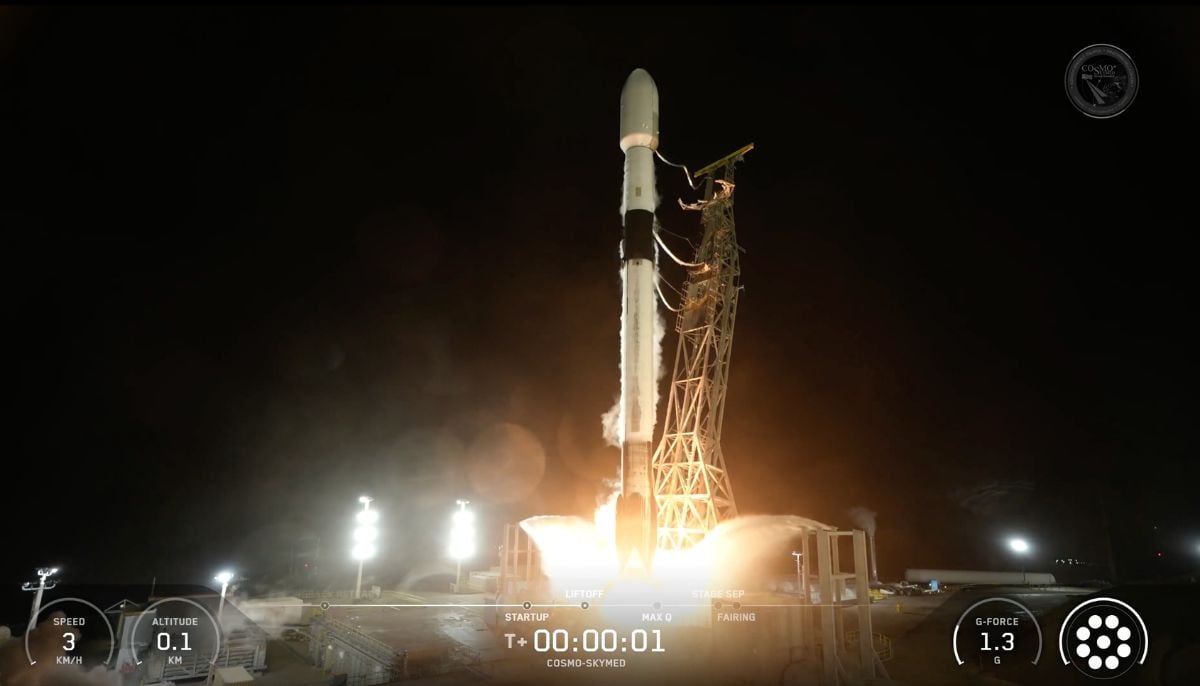Launch of world's first 3D-printed rocket aborted last minute
Relatively small rocket, Terran 1, which is also dubbed GLHF — short for "Good Luck, Have Fun", is just 110ft and can lift up to 1,250kg
The world's first ever 3D-printed rocket was to launch Wednesday but was aborted at the last minute due to a temperature issue, The Independent reported.
Reportedly, there was an issue with the launcher's upper stage. The relatively small rocket, Terran 1, is just 110ft and was supposed to launch for the Cape Canaveral Space Force Station, which is a former missile site.
The rocket can lift up to 1,250 kg into low orbit using 3D-printed engines and 3D-printed structures.
On Wednesday, the company had to call it a day as they tried to fix a problem. The countdown, consequently, had to be stopped with just a minute to go for the launch. Soon, the onboard flight computers were also shut down. The company took to Twitter to explain what had happened.
“When using liquid natural gas, the methane needs time to get to the right concentration. This is why our next attempt will be a few days from now,” it said in a tweet.
“The team is working diligently toward our next launch window in the coming days,” the tweet also said.
After the launch attempt was scrubbed because of the propellant thermal conditions, Relativity Space confirmed on the social media platform that the next attempt would occur on March 11. They said the next attempt window would be between 01:00 pm to 03:00 pm.
The space firm has a responsibility on its shoulders with its claim that 3D-printed rockets will significantly reduce costs. The Independent reported that this cost would be about $12m per launch.
In an earlier statement, the company had made a comparison with Space X's Falcon 9.
“In comparison, SpaceX’s ubiquitous Falcon 9 rocket can lift more than 22,000kg into orbit and costs about $67m per flight."
Interestingly, SpaceX has been manufacturing rocket parts using 3D for a while now but did not take its efforts to the level that Relativity Space is taking.
Reportedly, 85% of Terran 1, which is also dubbed GLHF — short for "Good Luck, Have Fun" — is 3D-printed.
-
Watch: Beautiful northern lights dazzling over Greenland's skies
-
Wildfires are polluting our environment more than we thought: Find out how
-
3I/ATLAS flyby: Why is Jupiter’s 96th Moon drawing intense scientific interest?
-
NASA spacewalk 2026: Medical issue prompts rare talk of early ISS crew return
-
Comet 3I/ATLAS: Scientists examining images they cannot easily explain
-
Wolf Moon 2026: Will the full moon outshine the Quadrantid meteor shower?
-
SpaceX mission 2026: The Italian radar satellite takes its first orbital flight
-
Solar Eclipse 2026: When and where Europe will see total eclipse












